How to Use an Apple TV With a Computer Monitor, No Speaker? No Problem!

What To Know
- To connect your Apple TV to a monitor with an HDMI port: Connect them via an HDMI cable > Select HDMI as the input source on your monitor.
- For monitors lacking built-in speakers, connect Apple TV to Bluetooth audio devices, use the monitor’s audio output port, or employ an HDMI audio extractor for external audio.
- To connect Apple TV to monitors without HDMI ports, use appropriate adapters (HDMI to VGA, DisplayPort, or DVI), and potentially an HDMI splitter or switch to resolve HDCP issues.
Transforming your monitor into an entertainment hub with Apple TV is easier than ever!
In this guide, I’ll walk you through connecting your Apple TV to any monitor (with or without a built speaker), ensuring you’re set for a seamless viewing experience.
Quick Navigation
How to Connect an Apple TV to a Monitor
Hooking up an Apple TV to a monitor is a straightforward task, requiring just an additional HDMI cable.
If your monitor lacks an HDMI port, don’t fret! I’ll cover how to connect your Apple TV to a non-HDMI monitor in the final section.
Step 1: Ensure that your Apple TV and monitor are both powered on.
Step 2: Take the HDMI cable and plug one end into your Apple TV and the other end into your monitor’s HDMI port.
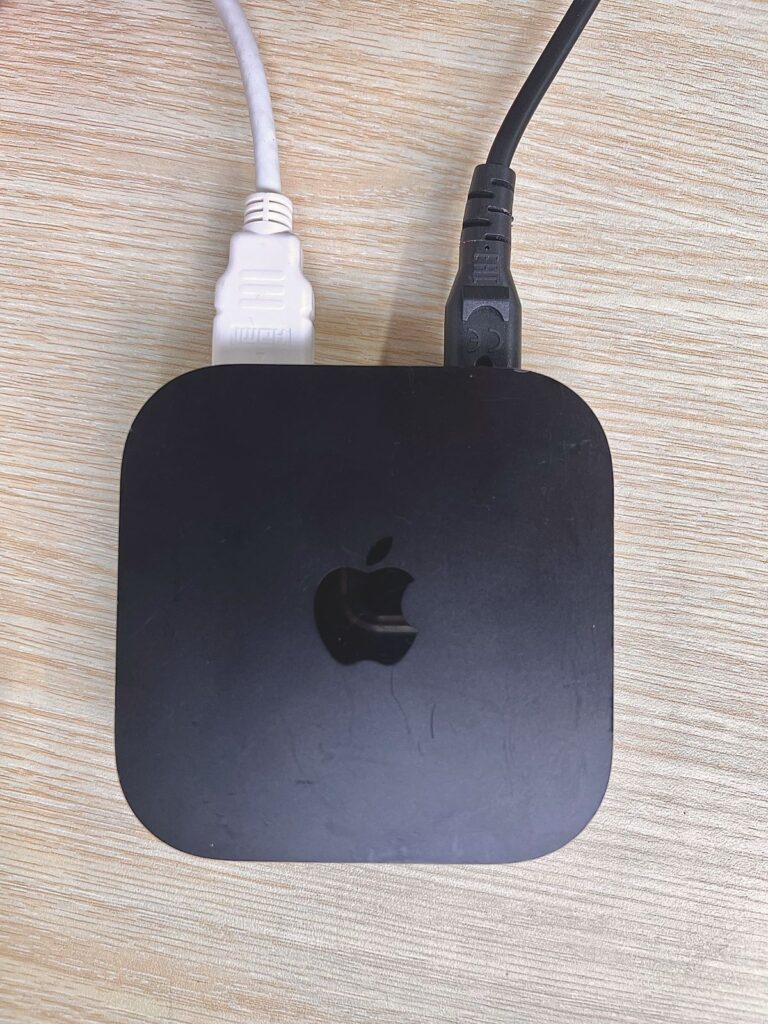
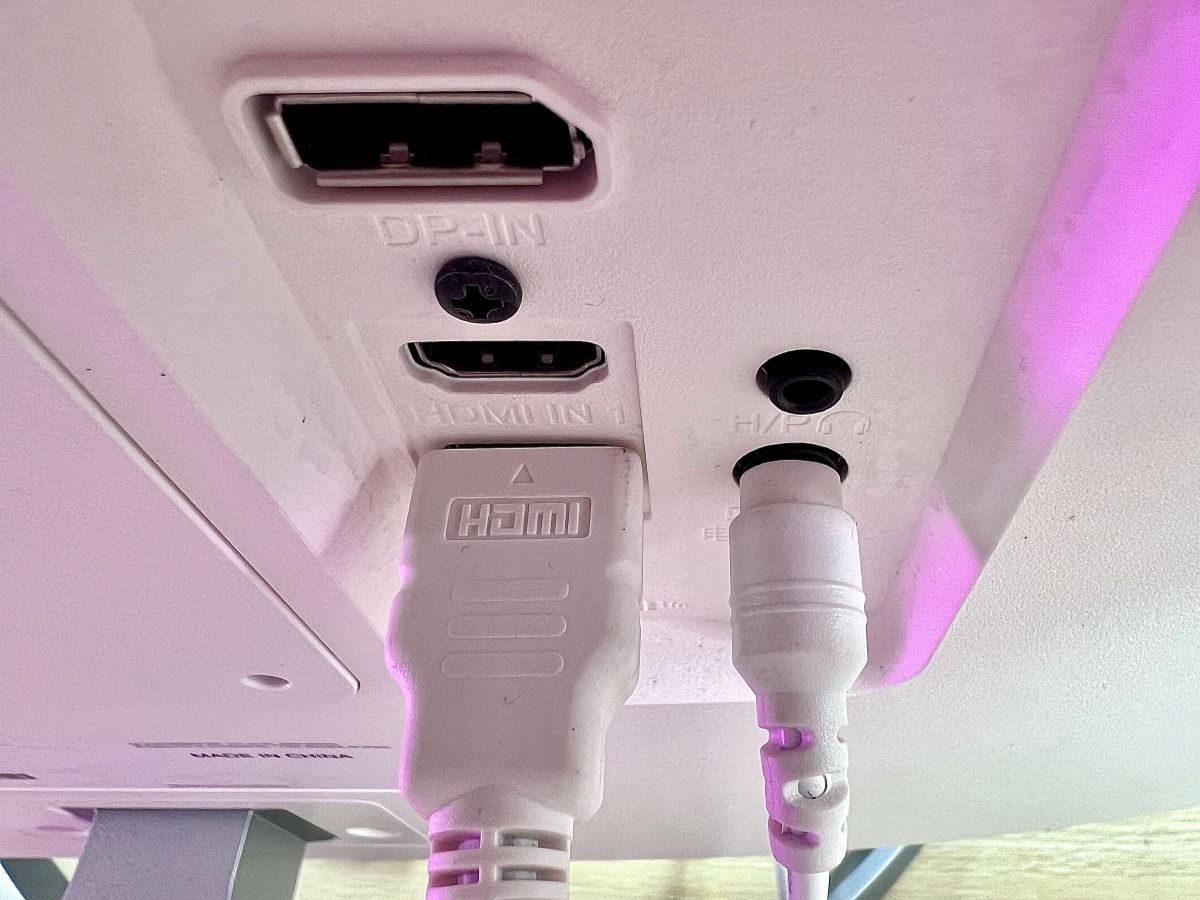
Step 3: On your monitor, switch the input source to HDMI, which should now display your Apple TV’s interface.
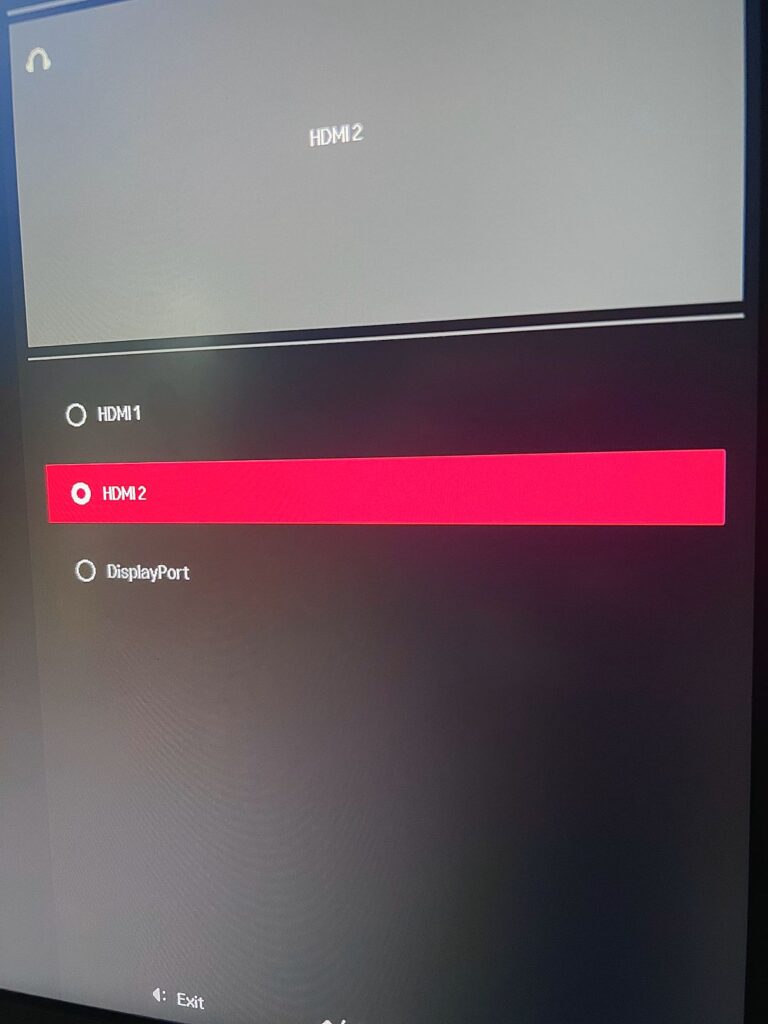
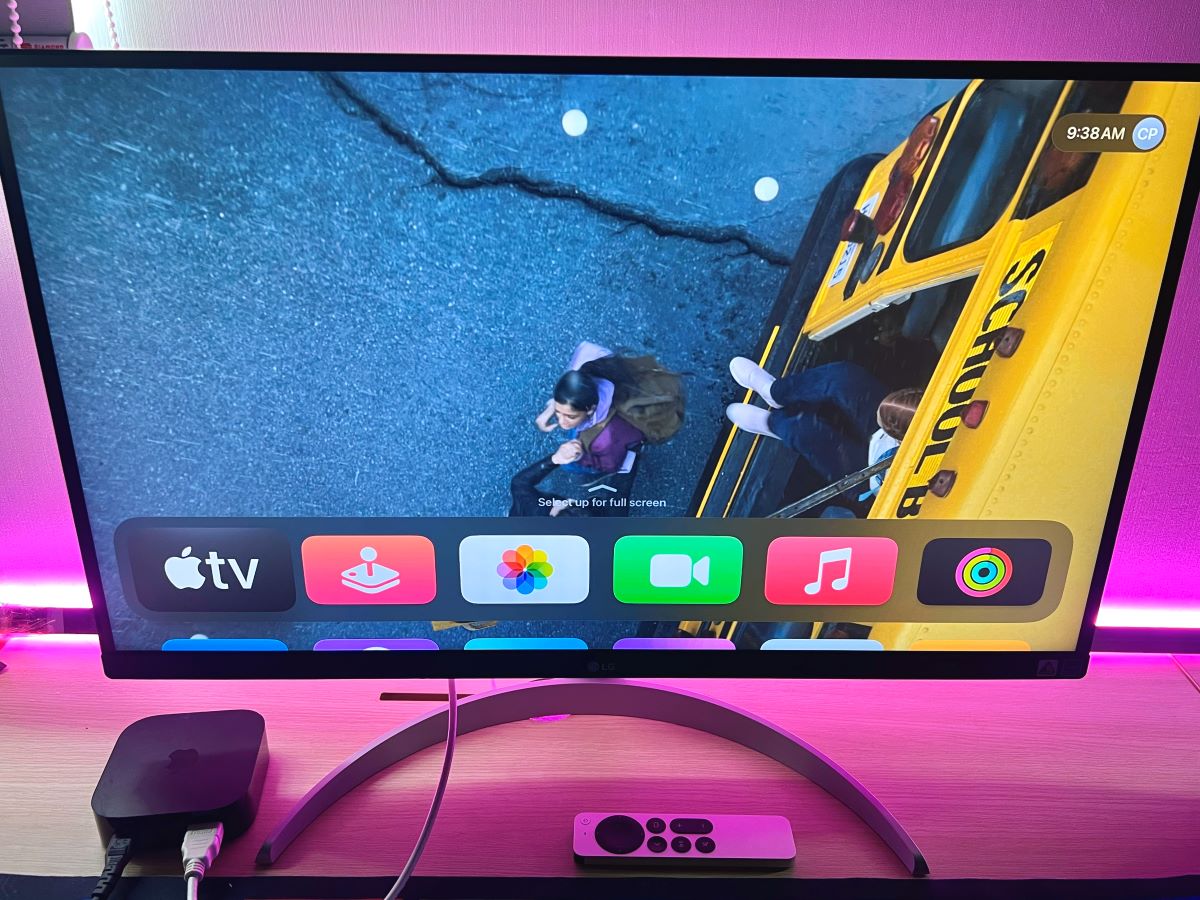
This method works like a charm for monitors that come with built-in speakers, like the CM2406H I have, where you can easily adjust the volume directly through the screen settings.
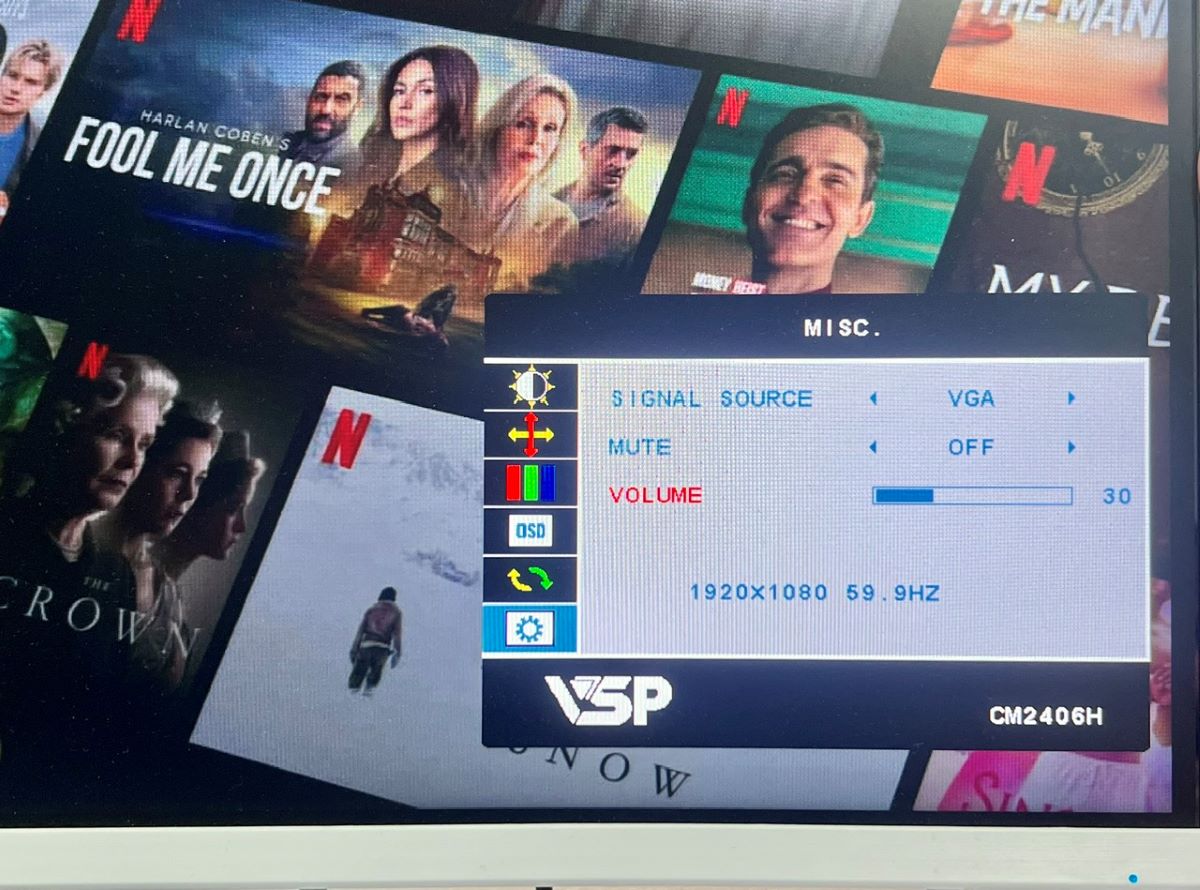
If you’re using a monitor without built-in speakers, like my LG 27UP600-W, the next section is just for you.
I’ll guide you on how to manage the audio output from your Apple TV, ensuring a complete viewing experience.
3 Solutions for Monitors Without a Built-In Speaker
If you’re dealing with a monitor that doesn’t have a built-in speaker, don’t worry! There are three effective solutions to enjoy audio from your Apple TV.
1. Connect the Apple TV to Bluetooth Headphones or Speakers
Many Apple TV models support Bluetooth, making it easy to connect to Bluetooth audio devices.
To ensure your Apple TV model supports Bluetooth, you might want to check out our dedicated article on the topic.
About this guide, I’ll be using my Apple TV 4K 2nd Gen. (2022) and my SN8Y LG soundbar to illustrate:
Step 1: Power on all devices involved in the setup.
Step 2: Change the soundbar’s connection mode to BT (Bluetooth). If using headphones or a different audio device, switch them to Bluetooth mode.
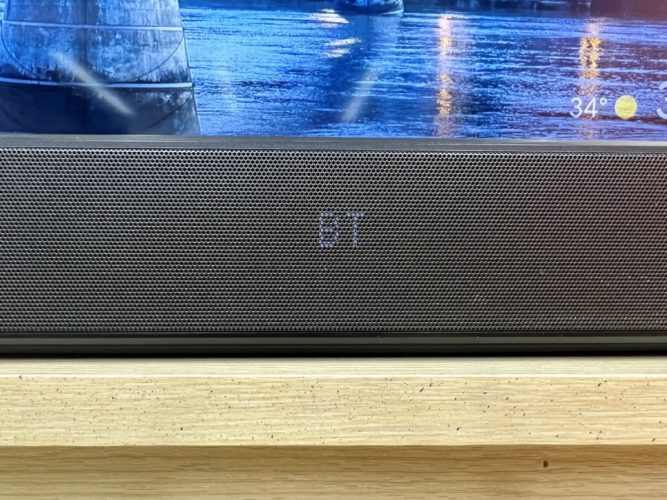
Step 3: On the Apple TV, open the Settings app.
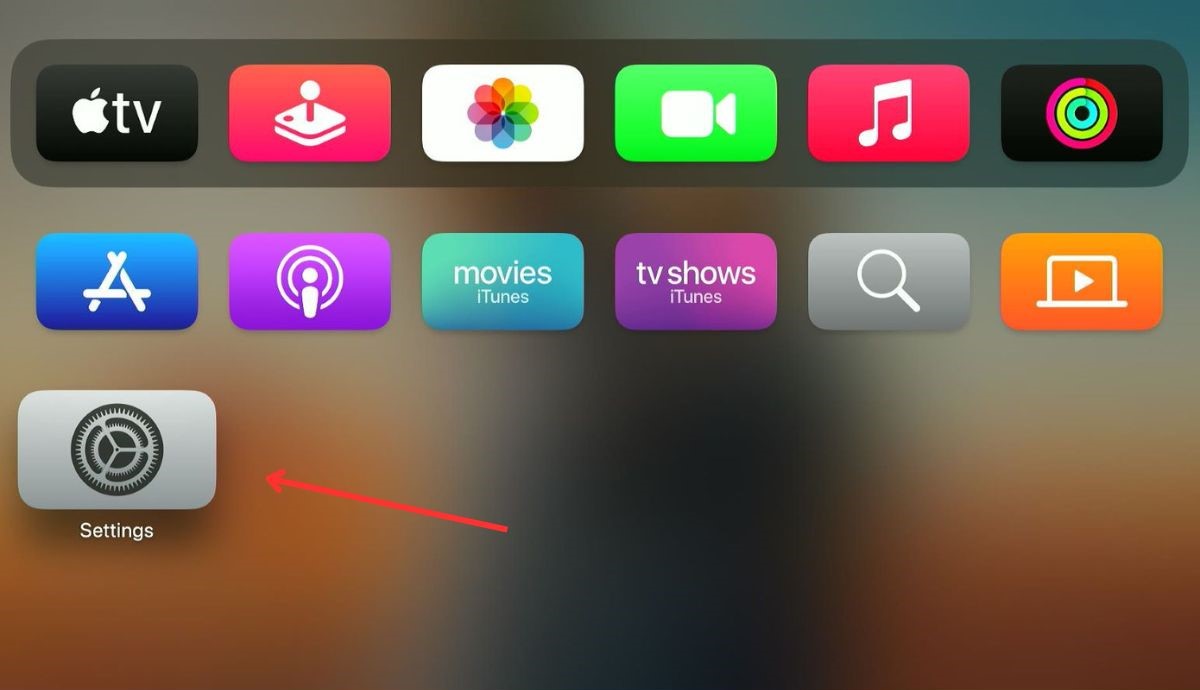
Step 4: Go to Remotes and Devices.
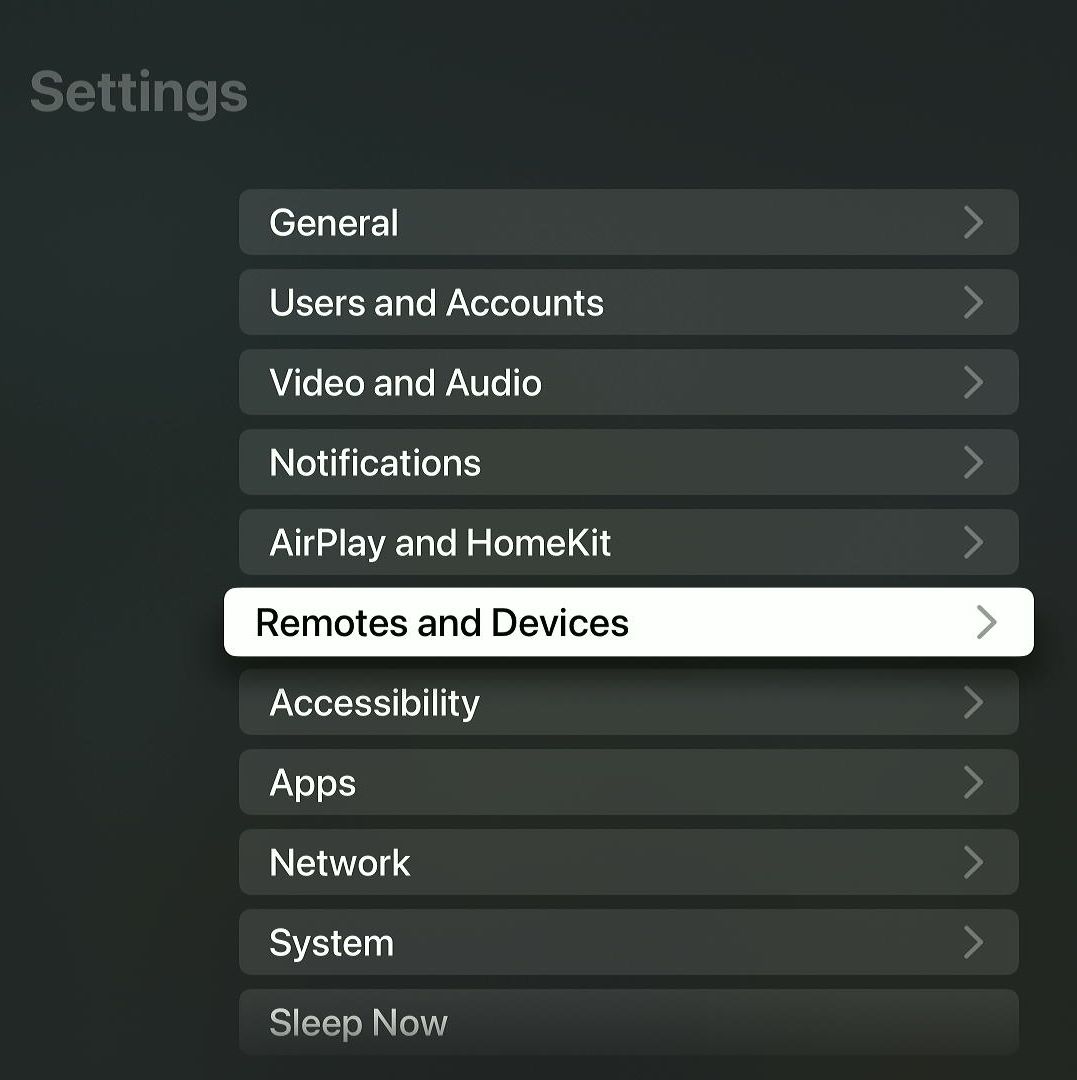
Step 5: Select Bluetooth.
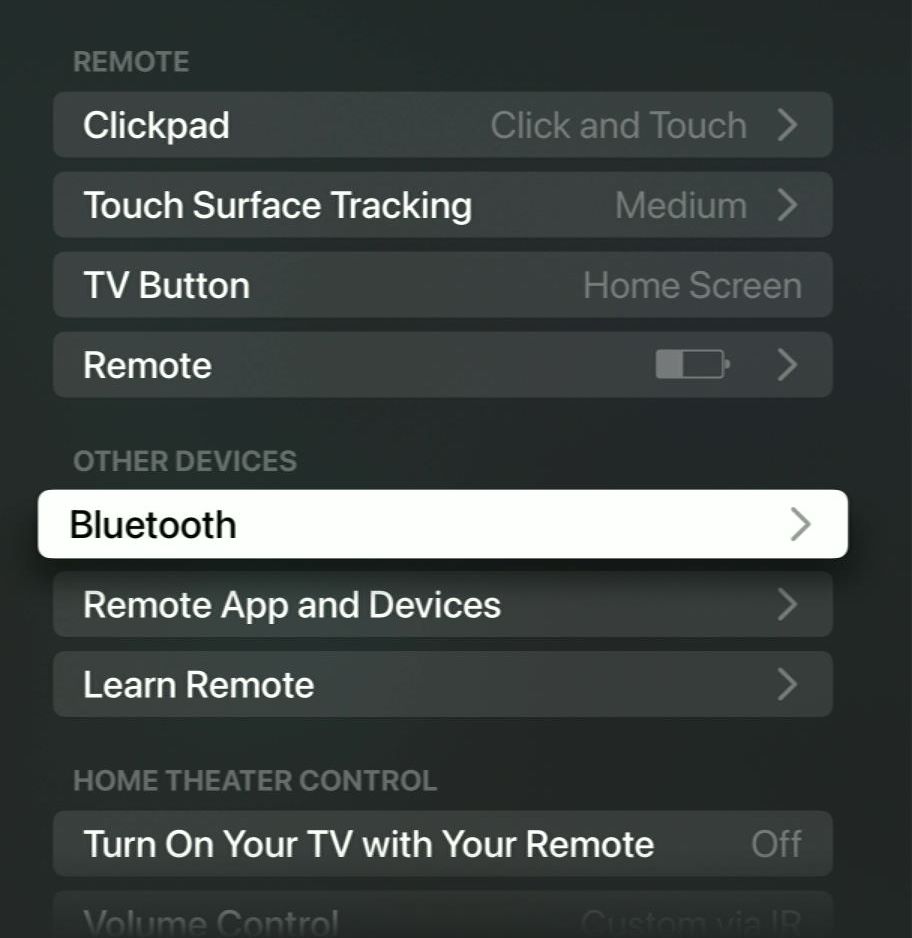
Step 6: Choose your Bluetooth audio device from the list and start the pairing process.
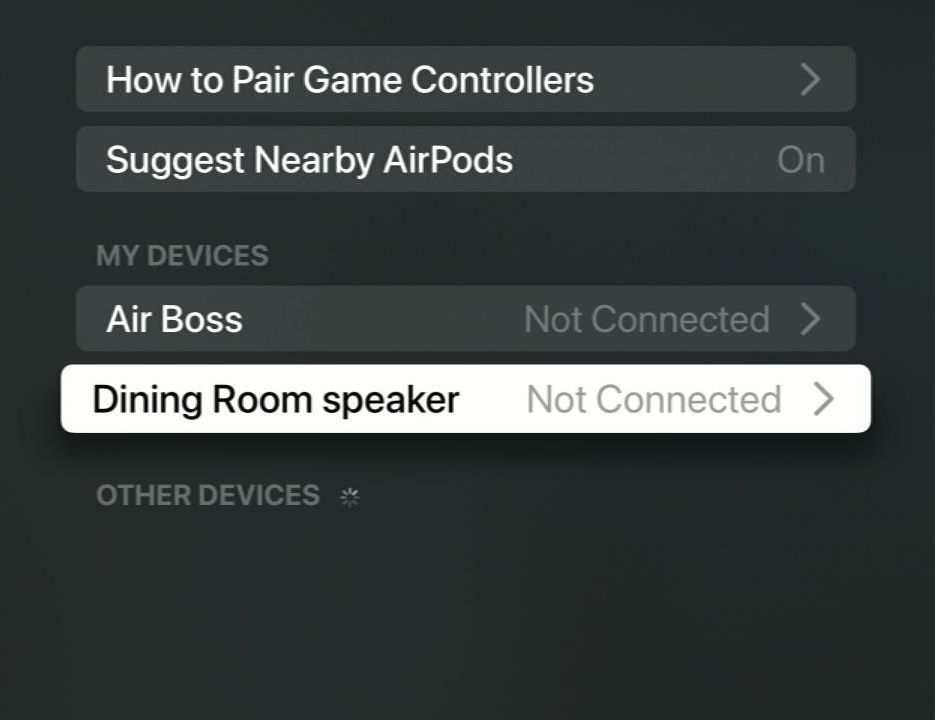
2. Use the Monitor’s Audio Output Port
For monitors equipped with a 3.5mm audio output port, like my 27UP600-W LG monitor, you can simply connect it to an audio device using a 3.5mm audio cable.
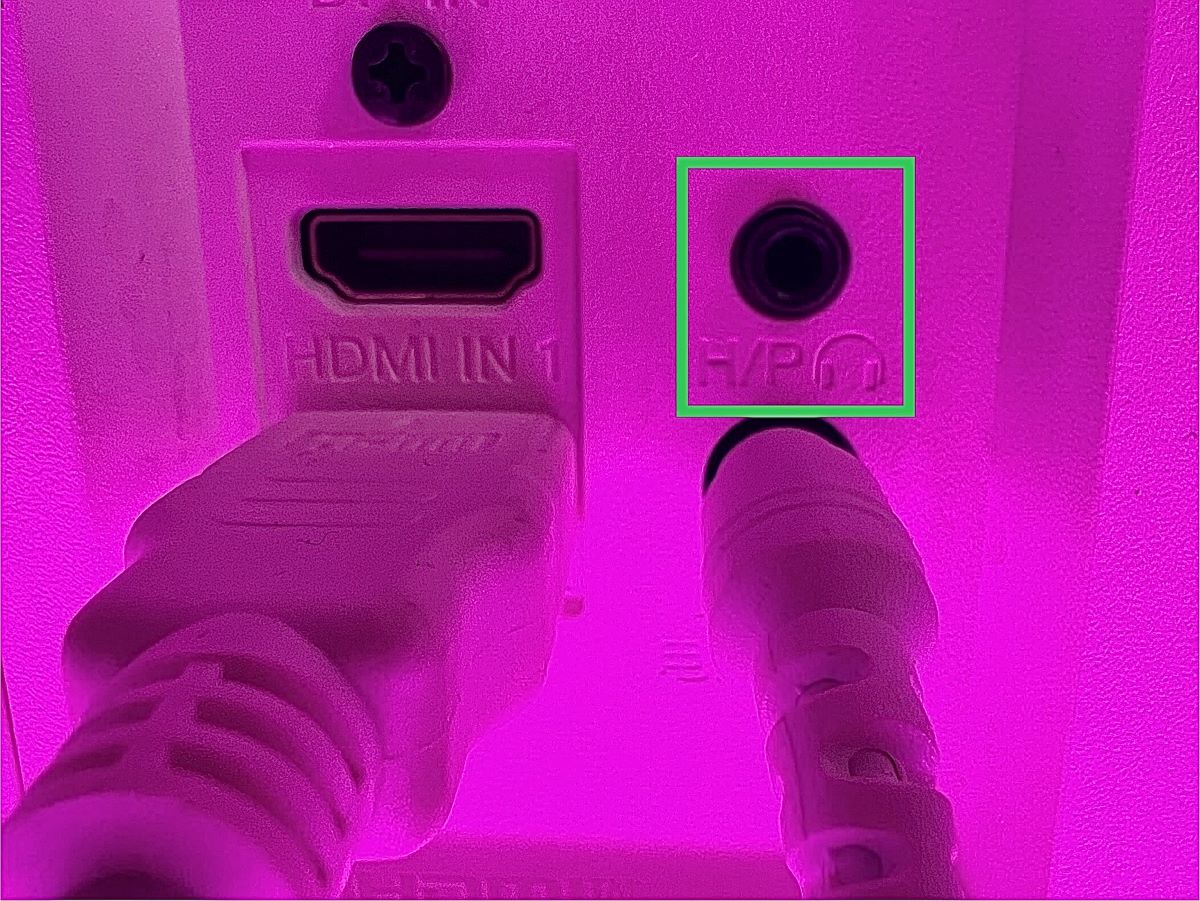
3. Use an HDMI Audio Extractor
If your setup lacks a Bluetooth audio device or your monitor doesn’t have an audio output port, an HDMI audio extractor is a great solution.
It allows you to separate the audio signal from the HDMI connection to an external audio port, such as SPDIF (optical) or 3.5mm.
- HDMI Audio Extractor: HDMI audio extractor features one HDMI input and one HDMI output (Pass-Through...
- 4K High Video Resolution: HDMI audio converter support 4Kx2K@30Hz/3D /1080p /1080i...
- Multiple Audio Formats: 3.5mm audio output supports 2CH PCM stereo audio only. SPDIF Output supports...
(Paid Link.)
These HDMI audio extractors are also useful for connecting other devices like streaming devices, gaming consoles (like PS4, PS5, Xbox), Blu-ray or DVD players, etc., to monitors without built-in speakers.
Here’s how to connect your Apple TV to a monitor using an HDMI audio extractor:
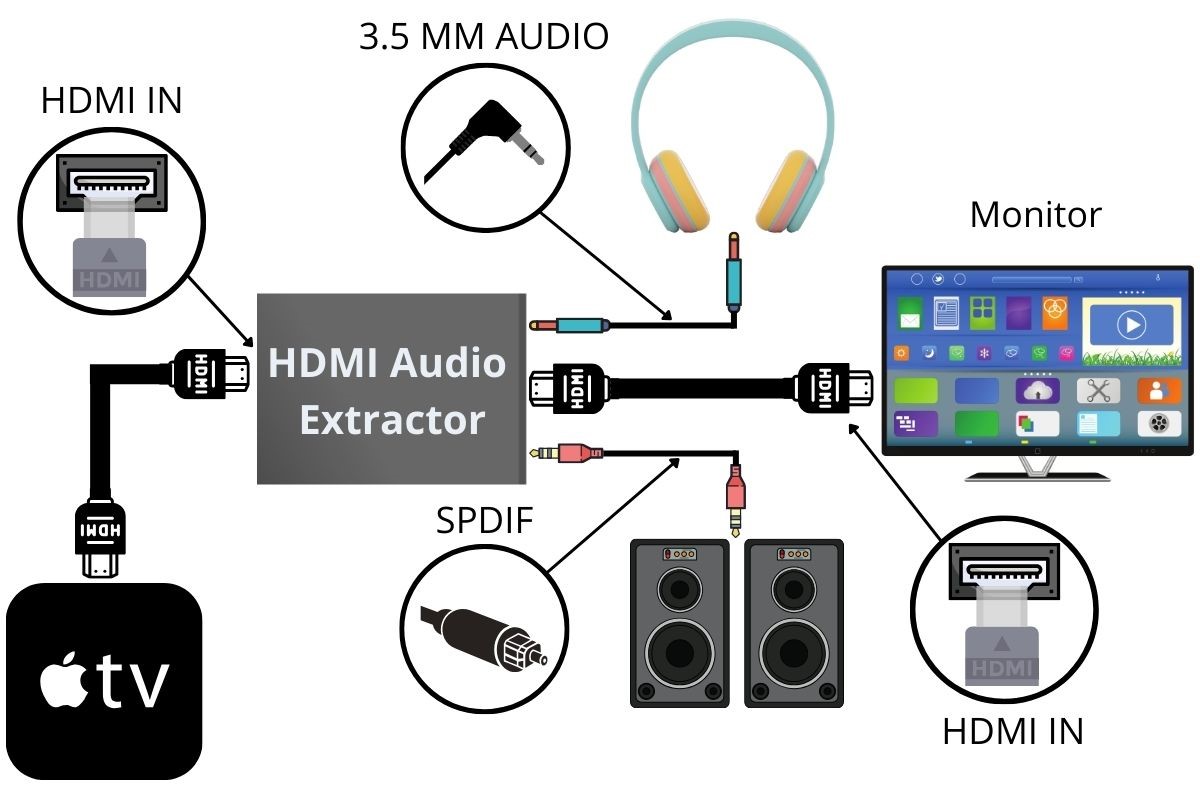
Step 1: Power on all devices in the setup.
Step 2: Connect an HDMI cable from your Apple TV’s HDMI port to the HDMI IN port of the extractor.
Step 3: Connect external speakers to the extractor’s Audio Out or Optical port using a 3.5mm audio or optical cable. You can also connect headphones here.
With these methods, you can enjoy audio from your Apple TV regardless of the type of monitor you have.
How to Connect Your Apple TV to a Monitor Without an HDMI Port
Connecting your Apple TV to an older monitor without an HDMI port is still quite feasible.
You’ll just need to use other video ports such as DisplayPort, DVI, or VGA, alongside a suitable HDMI adapter.
Here are some recommended adapters for each type of port:
However, you might run into an HDCP (High-bandwidth Digital Content Protection) issue when using a VGA port.
Though I didn’t experience this issue with my HDMI to VGA adapter, many users across various forums have reported it.
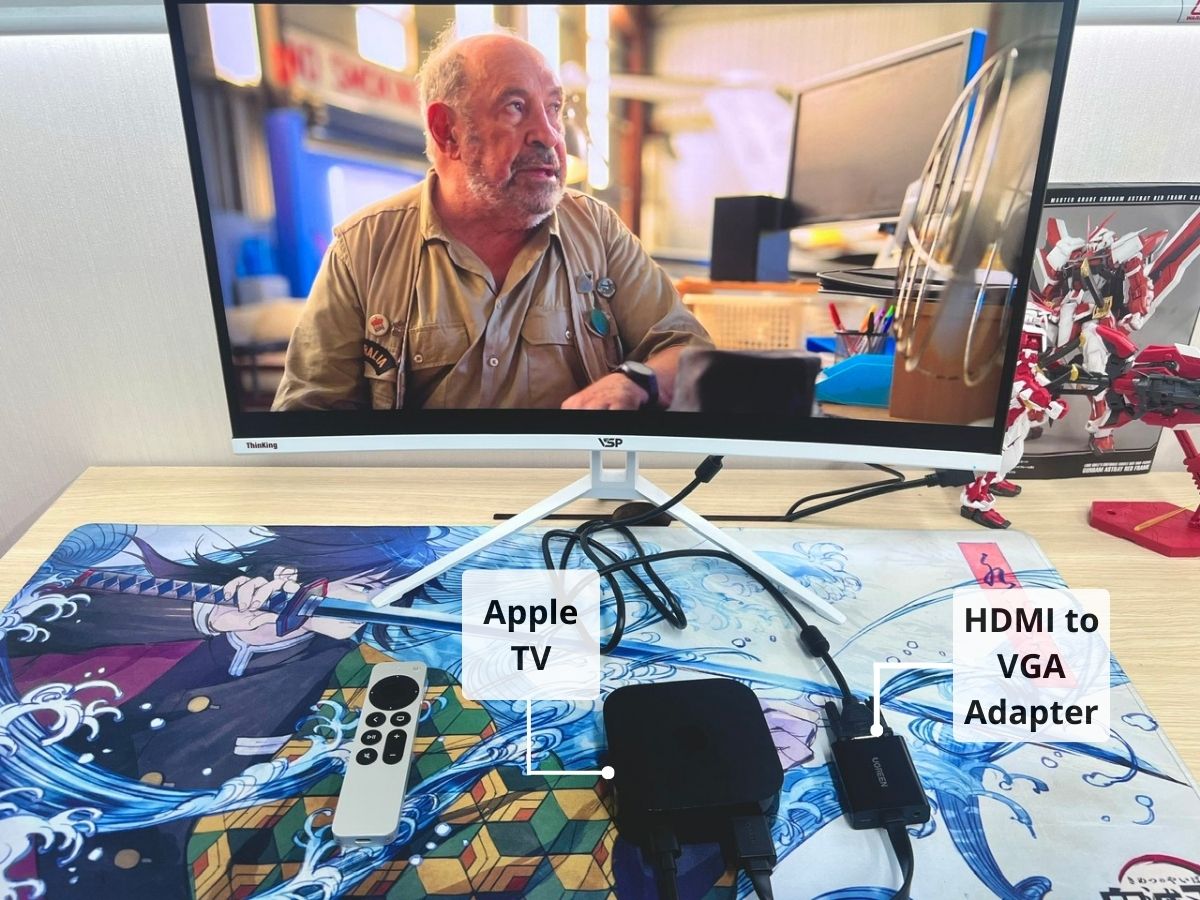
HDCP is a form of digital copy protection designed to prevent the duplication of digital video and audio content, especially over HDMI connections (as well as DisplayPort and DVI).
If you face an HDCP conflict, content from sources like Netflix might not display on your monitor.
Fortunately, there are two ways to bypass this issue: using an HDMI splitter or switch. Here’s a step-by-step guide for a VGA connection with HDCP issue:
Step 1: Power on all devices in your setup.
Step 2: Connect the HDMI cable from your Apple TV’s HDMI port to the HDMI Input port of the HDMI splitter or switch.
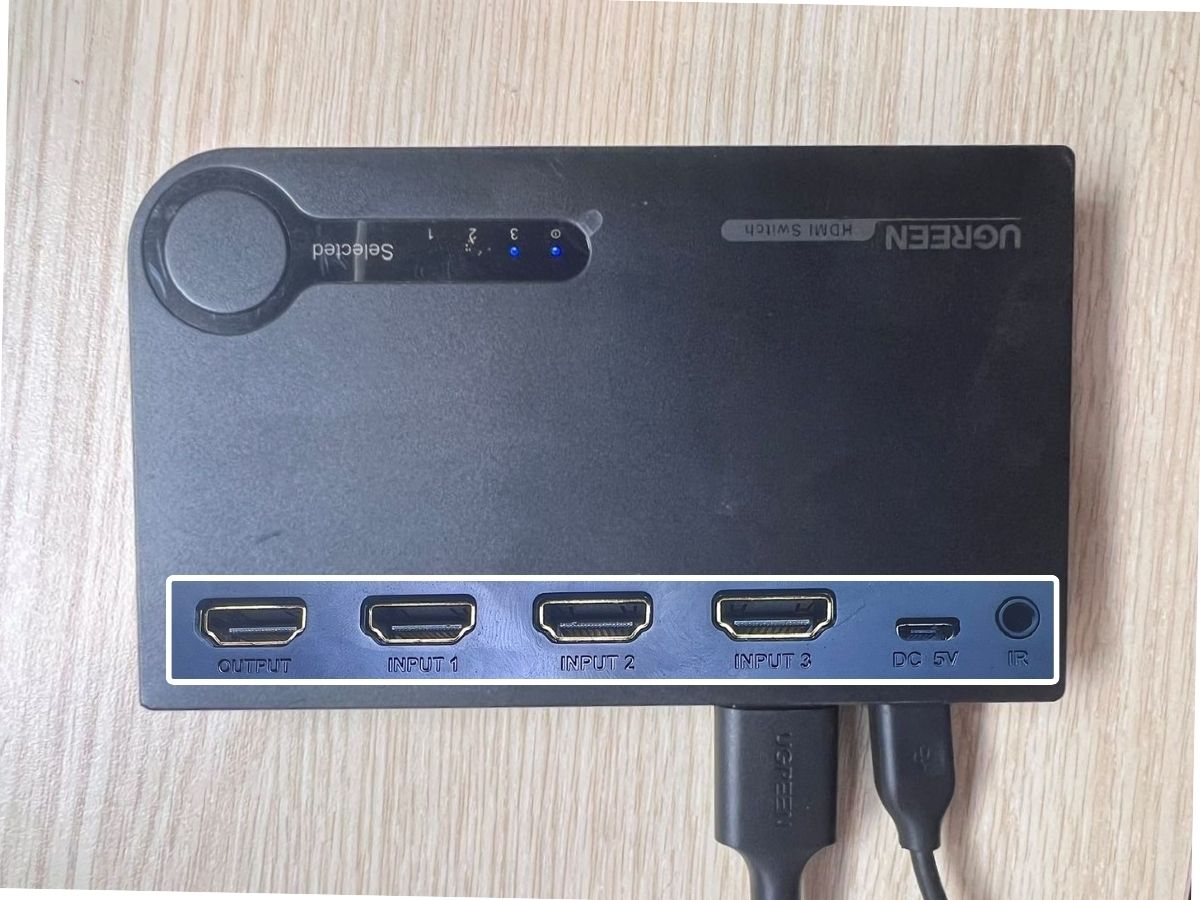
Step 3: Plug the adapter’s HDMI end into the HDMI Output port of the HDMI splitter or switch.
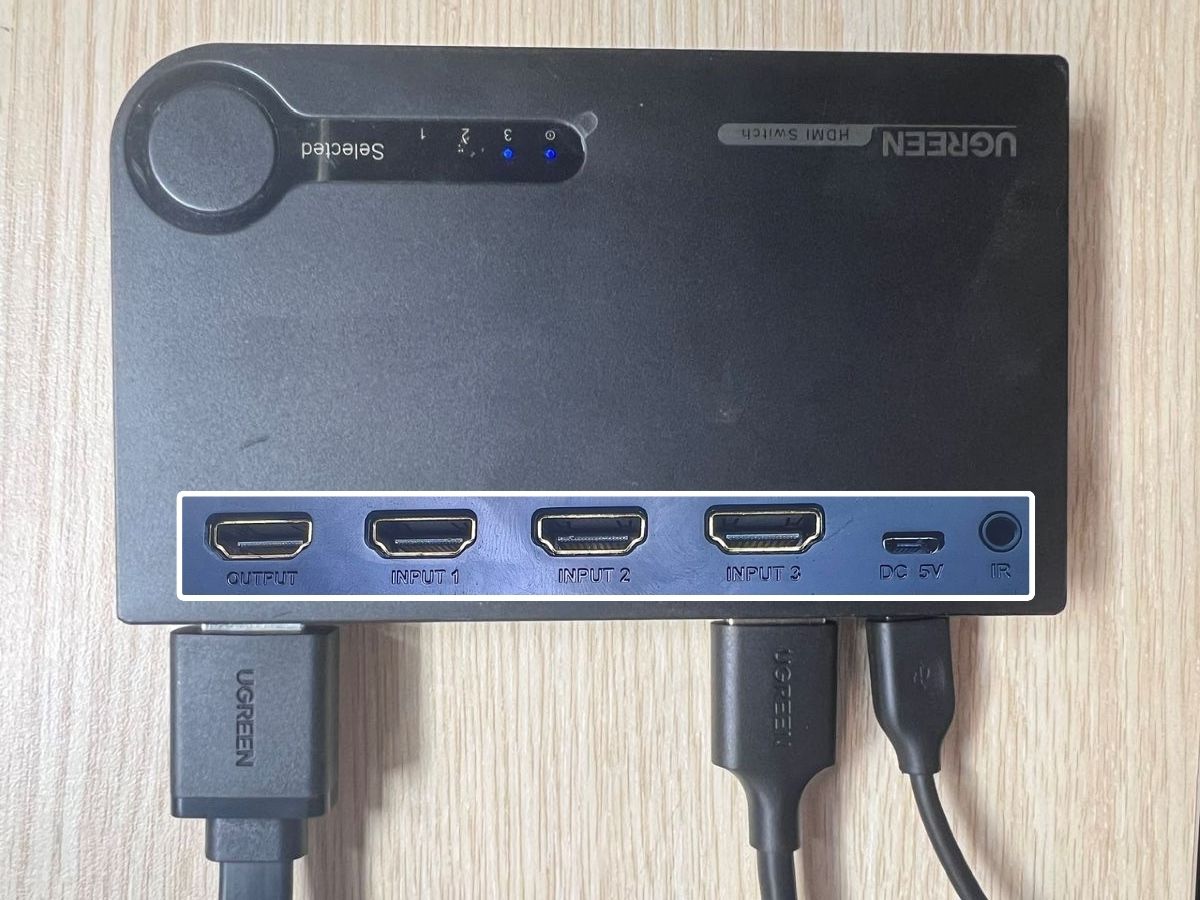
Step 4: Connect the VGA cable to the VGA ports of both the adapter and your monitor.
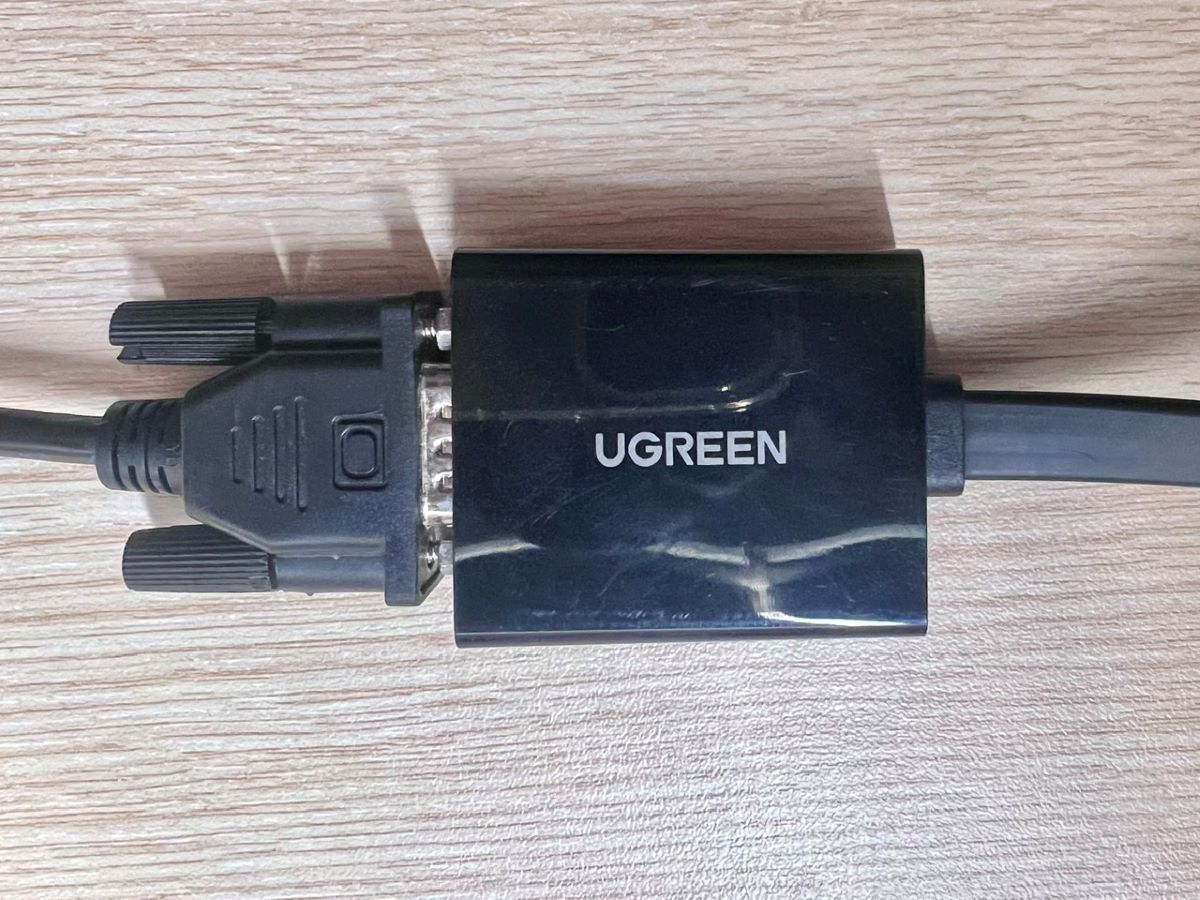
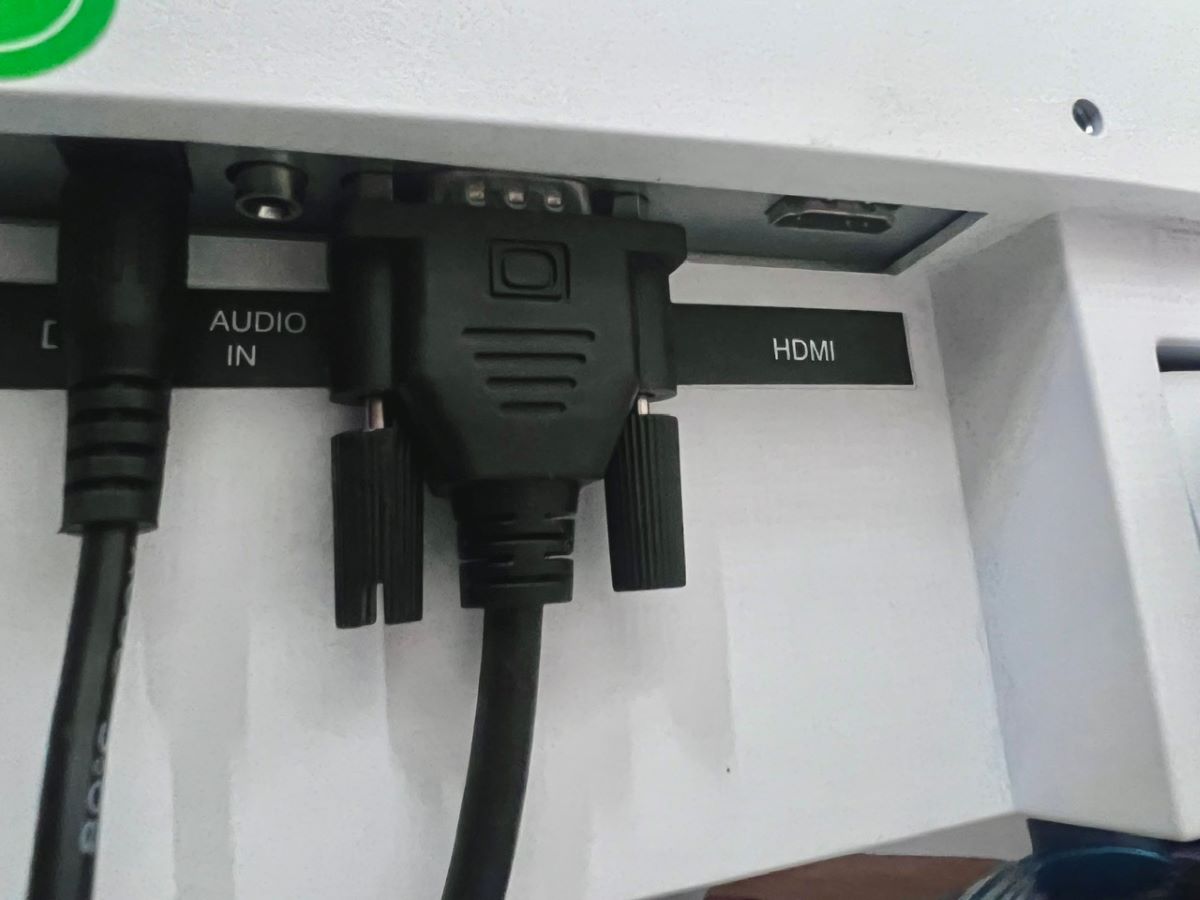
Step 5: Set your monitor’s input to VGA.
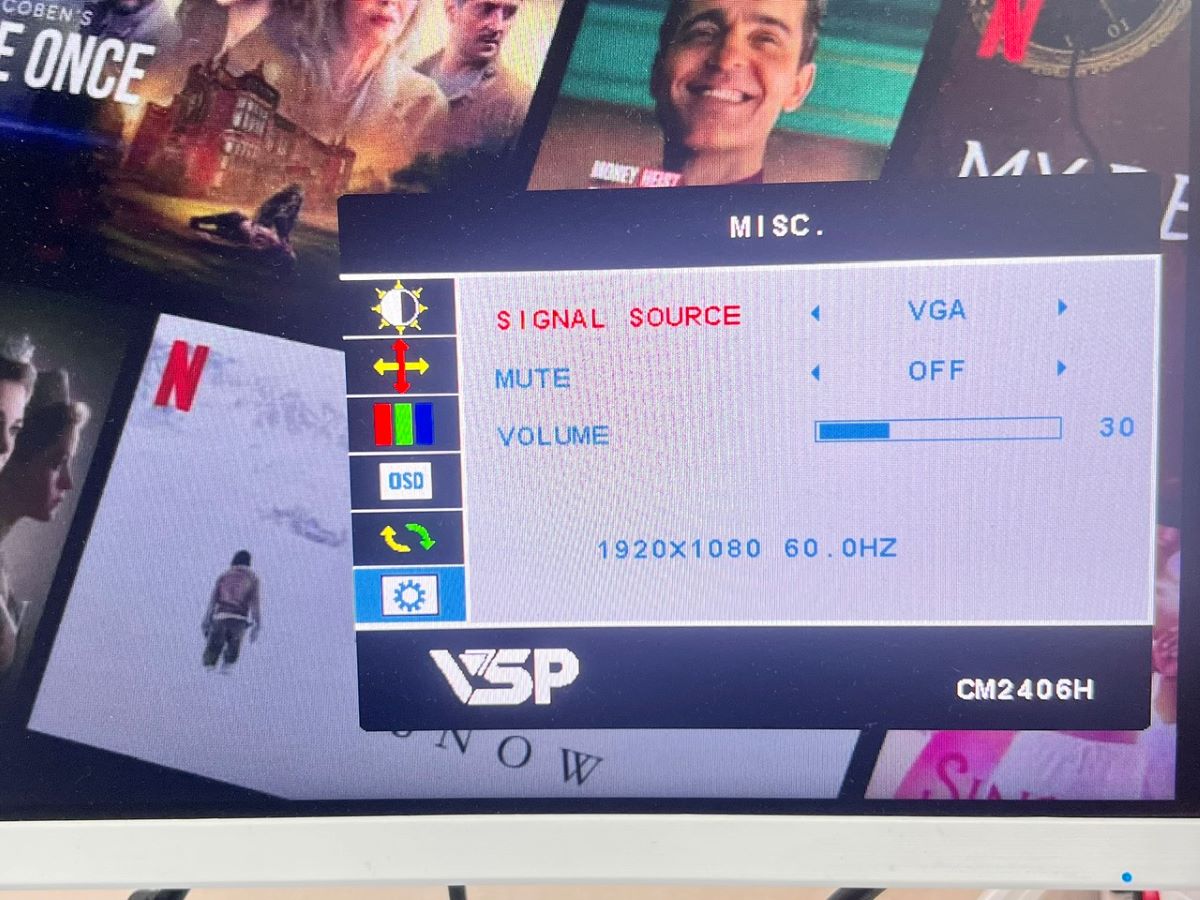
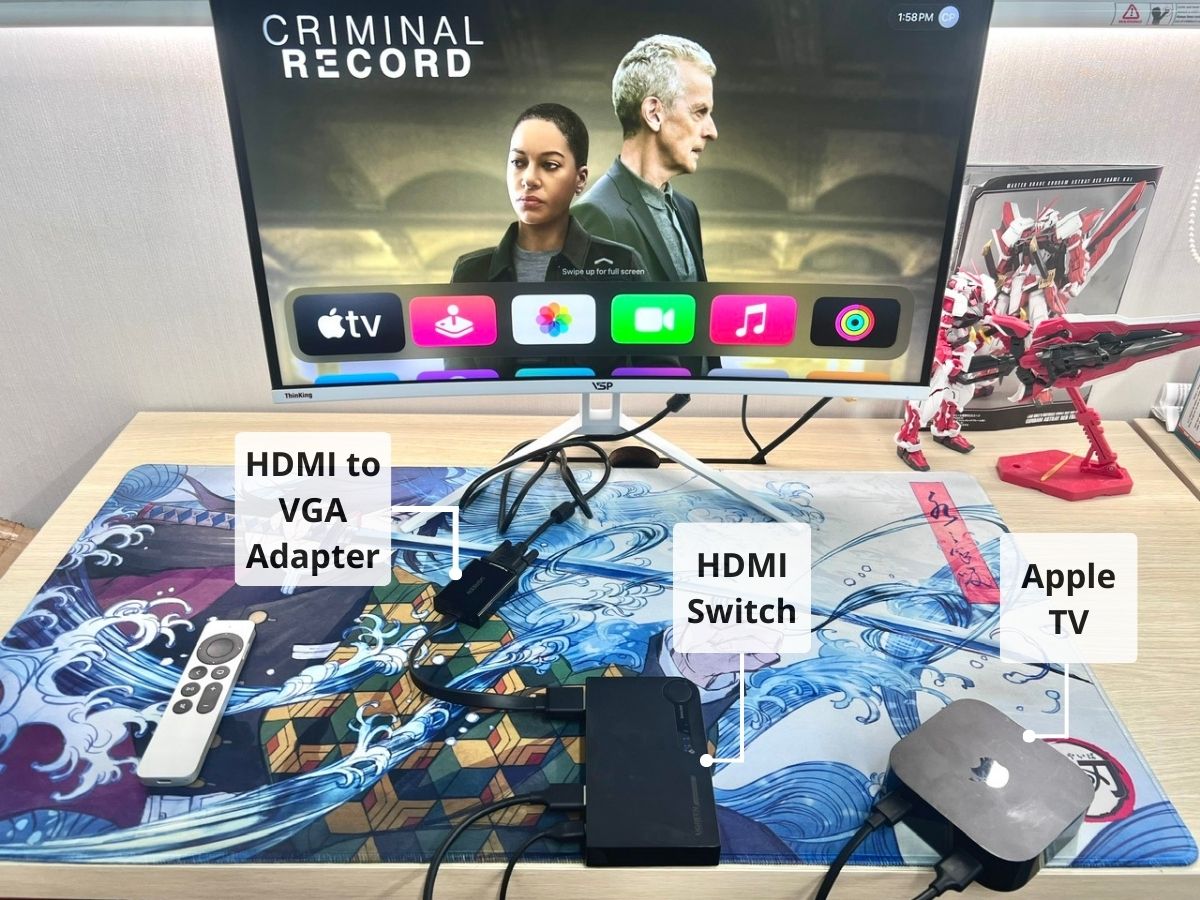
For setups using DisplayPort or DVI ports, simply choose the appropriate adapter from the recommendations above.
You can omit the HDMI splitter or switch in these cases because both DisplayPort and DVI connections support HDCP.
Note: While the DVI standard does support HDCP, some monitors with DVI ports may not. In such cases, you might still need an HDMI splitter or switch to bypass potential HDCP issues.
Duy Anh is a seasoned technical editor specializing in helping readers troubleshoot TV, projector, and Wi-Fi issues. He’s always been drawn to logical problem-solving. His ability to approach matters from various angles with a neutral mindset enhances his technical expertise.



“Make sure to secure an ethernet cable, a high-speed HDMI cable , a BlueTooth speaker, and a computer monitor with the latest HDCP 2.2 protection. ”
A blueTooth speaker is a perfectly good option, but its not essential and cuts out most of the better sound options
I use a Sonos Beam sound bar (because I had one) and sent it the sound via wifi. Works fine. No BlueTooth speaker involved.